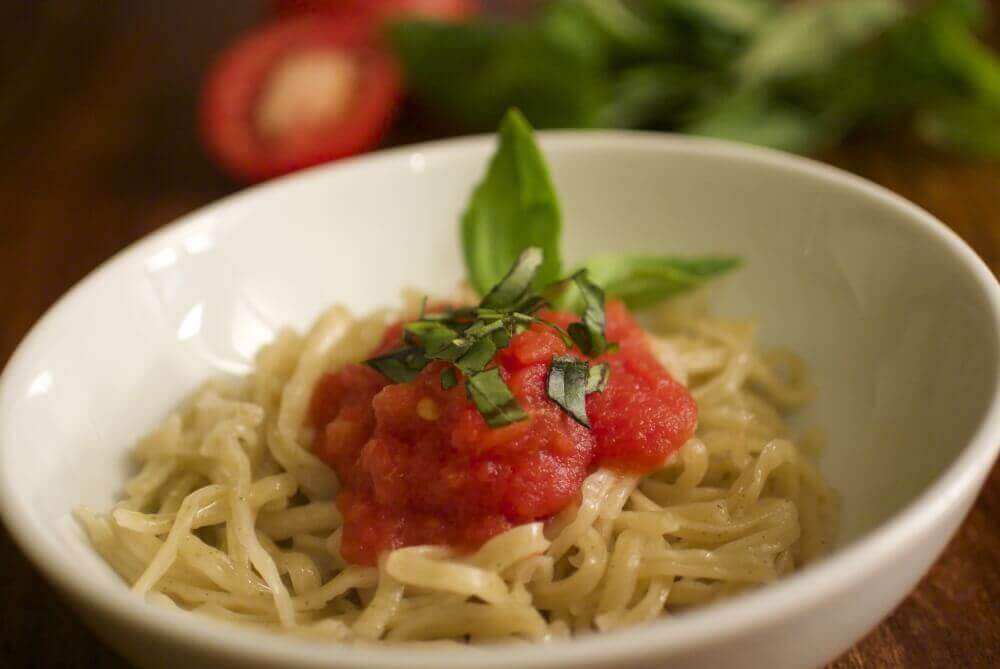3D printed foods could one day help those suffering from dysphagia.

3D printed food could one day help those who suffer from dysphagia. Image via All About 3D Printing
From tiny bird houses to car parts and even miniature models of yourself – 3D printing is fast becoming more accessible and easier to use than ever before. But did you know that you can 3D print food? Our meat research leader, Dr Aarti Tobin, is working on dysphagia that could one day be helped by 3D printed food.
Dysphagia, or difficulty swallowing food or liquids, is prevalent in the elderly. It’s caused by reduced muscle control, stroke, neurological dysfunction and even losing teeth. Dysphagia can lead to malnutrition, dehydration, aspiration pneumonia and sadly, death.
Food for dysphagia in elderly care settings is often minced and/or pureed and served with an ice cream scoop. Texture modified, moulded and restructured foods are also commonly used. These preparation methods make food soft and very easy to eat and swallow for dysphagia sufferers, but the food can lack visual appeal. For others such as people with dementia, it mightn’t look like food as they remember it and they can be less likely to eat it at all.
Aarti says that ‘we eat with our eyes’, so we make the decision whether we’re going to eat something depending on how appetising it looks on our plate.
Growing problem for an aging population
With an expected 25 per cent of the Australian population over 65 years old by 2045, it will be all the more important to make food look like food and be easy to eat for our vulnerable populations.
Enter 3D printing! 3D printing works by precisely adding layer after layer of a material to create a 3D object from one or more nozzles.
NASA have developed a 3D food printer that can make pizzas for astronauts in space. One nozzle mixes and prints a dough slurry, another a tomato layer and so on. It helps solve the problem of astronauts having to stomach rehydrated space food, often for long periods of time.
3D printing can also make food that looks like real food but is soft and palatable and contains the specific nutrition we require as we get older, such as high protein.
Even better, 3D printing could one day help us to personalise our nutrition. Need more iron this morning after that busy weekend? What if our clever biosensing device could talk to our bench-top 3D printing food generator and create an iron-rich lunch designed especially for us? We’re starting to take sci-fi dreams like this to reality with our future science platforms.
Our $6 million additive manufacturing centre, Lab 22, is making 3D printing of metals more accessible for industry. We’re now taking our knowledge of 3D printing in other materials and applying it to the world of food
A lot of work is still needed on printed foods, such as getting the ‘inks’ right (that is, the food components), making sure they’re safe over time, improving print speeds and more. And of course, the food has to taste great!


6th June 2017 at 1:14 am
certainly 3D printing could be of a great help to people in many ways. If we talk about medicine, prosthetic limbs, dental implants, 3D printed medicine are already being used by many. Now, 3D printing food for people who cannot eat normally, should be very helpful. Nutrition, calories and other requirements for a particular person could be easily adjusted and created with 3D printing.
Pingback: 3D Printers Could Solve Diet Problems - 3D PRINTING UK